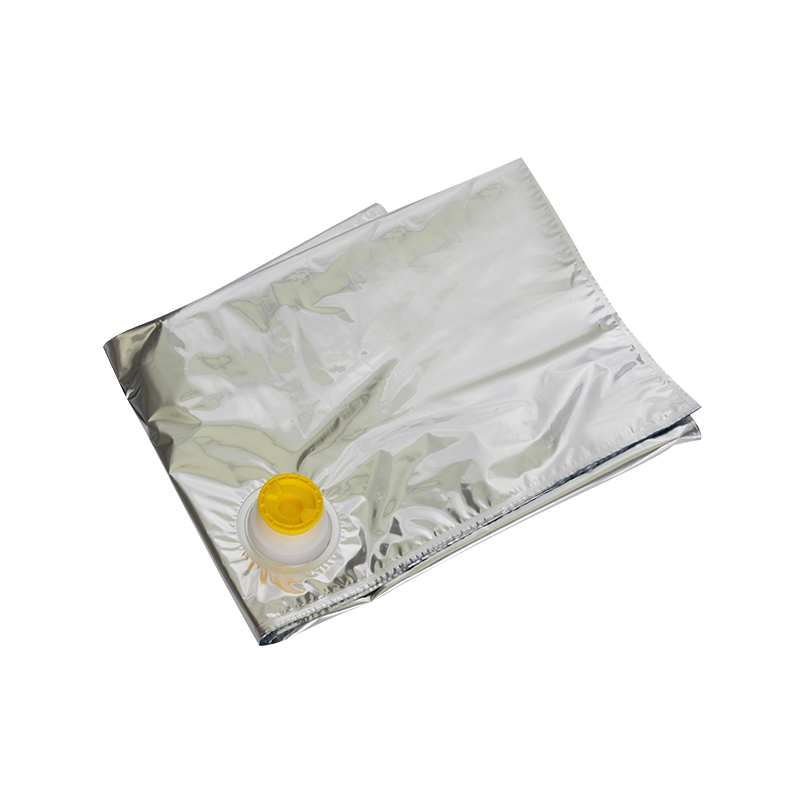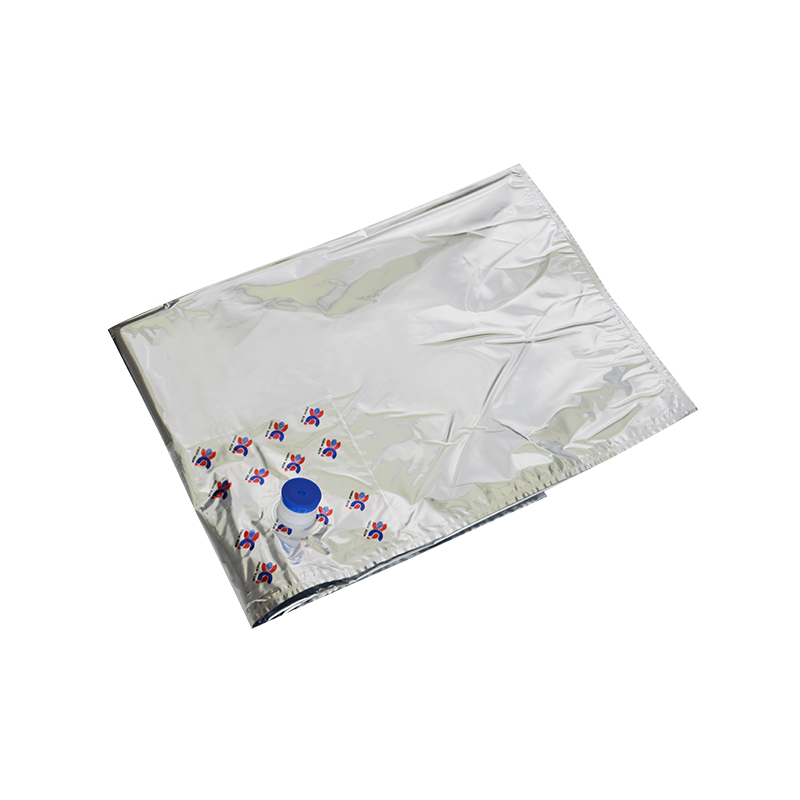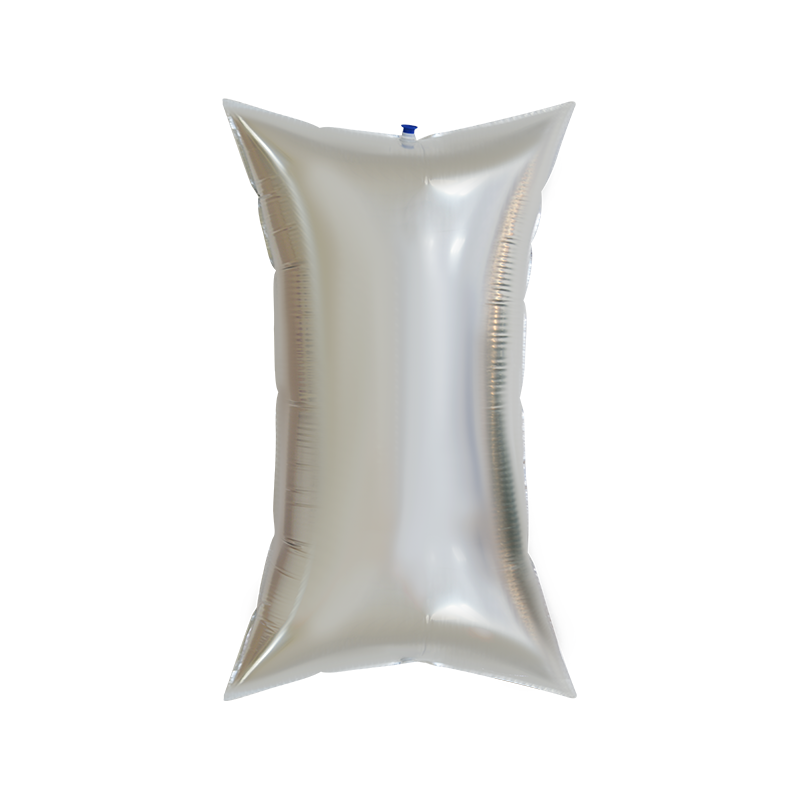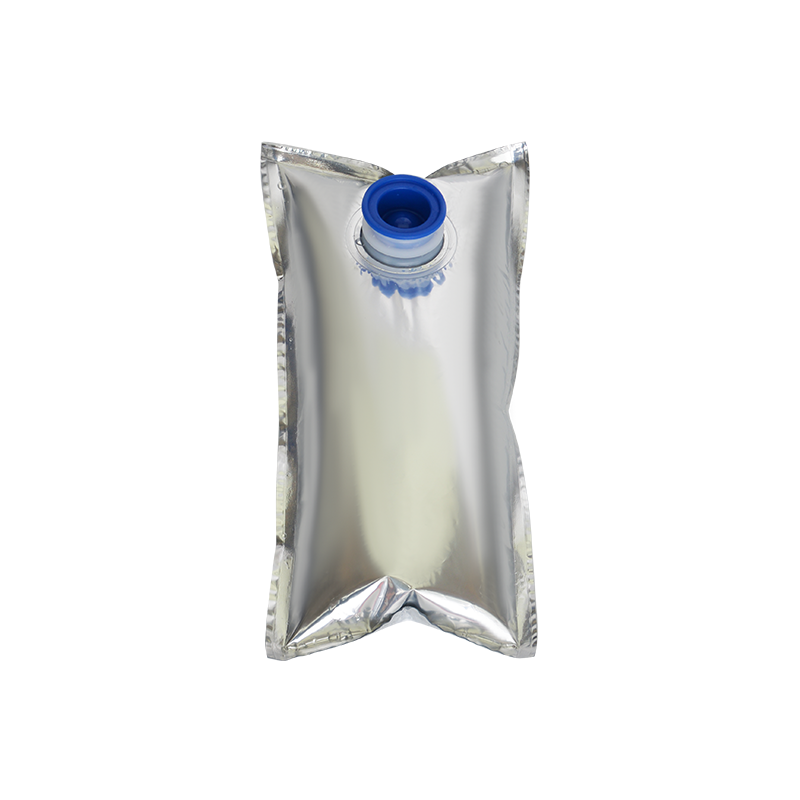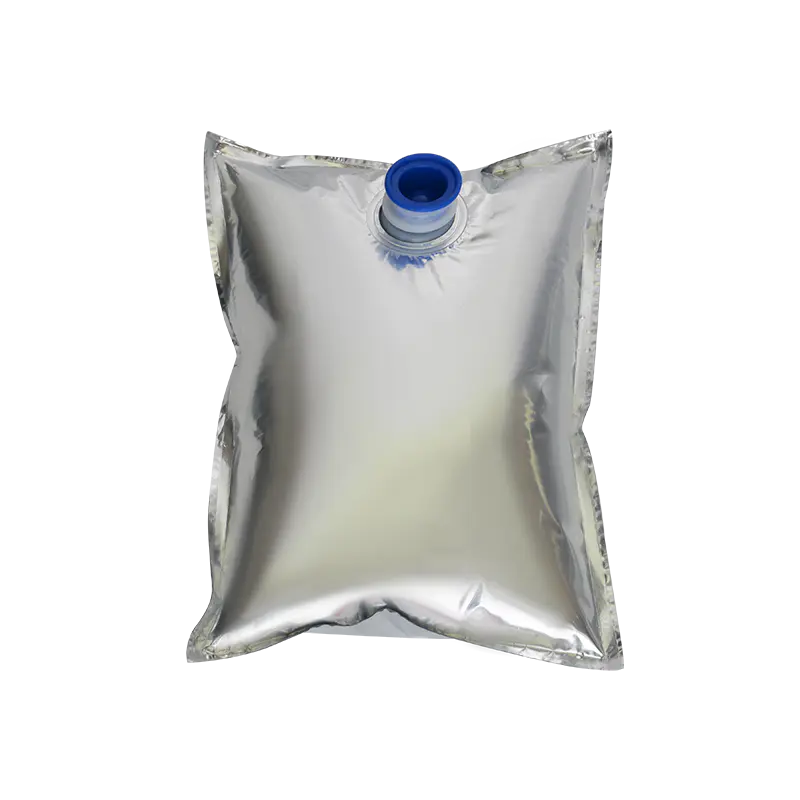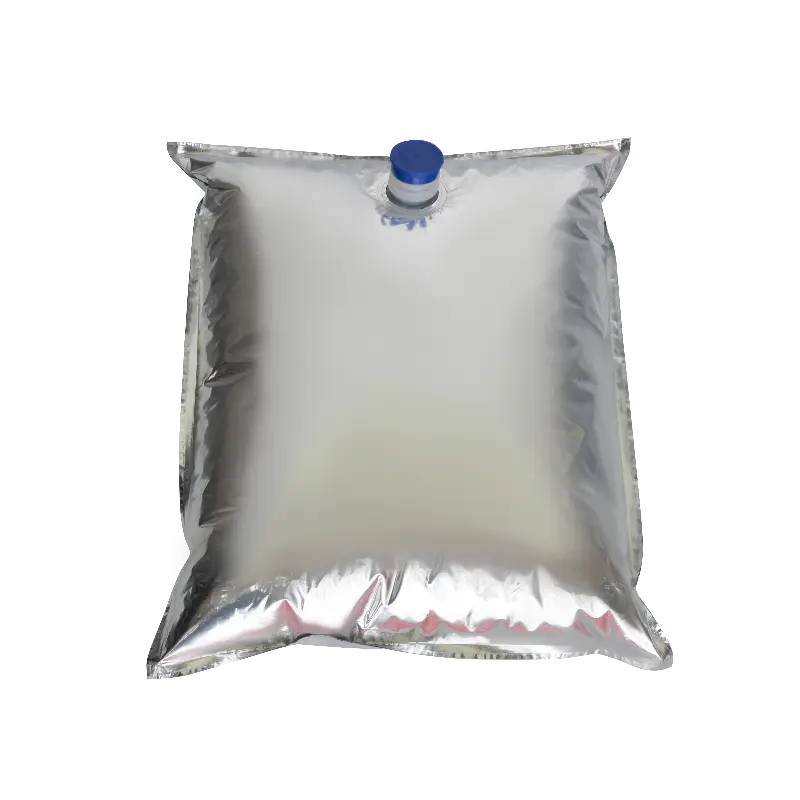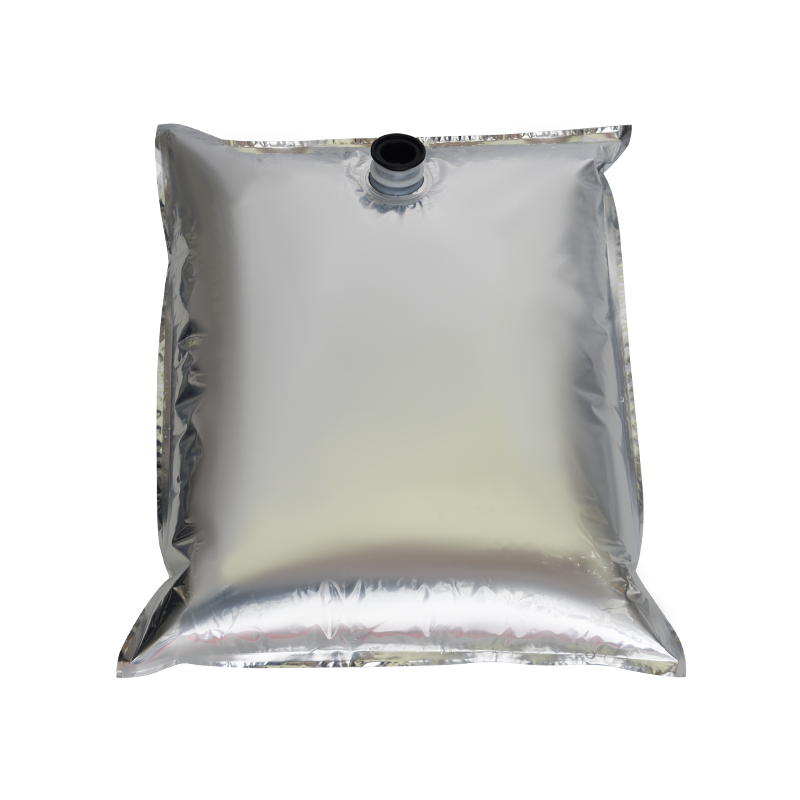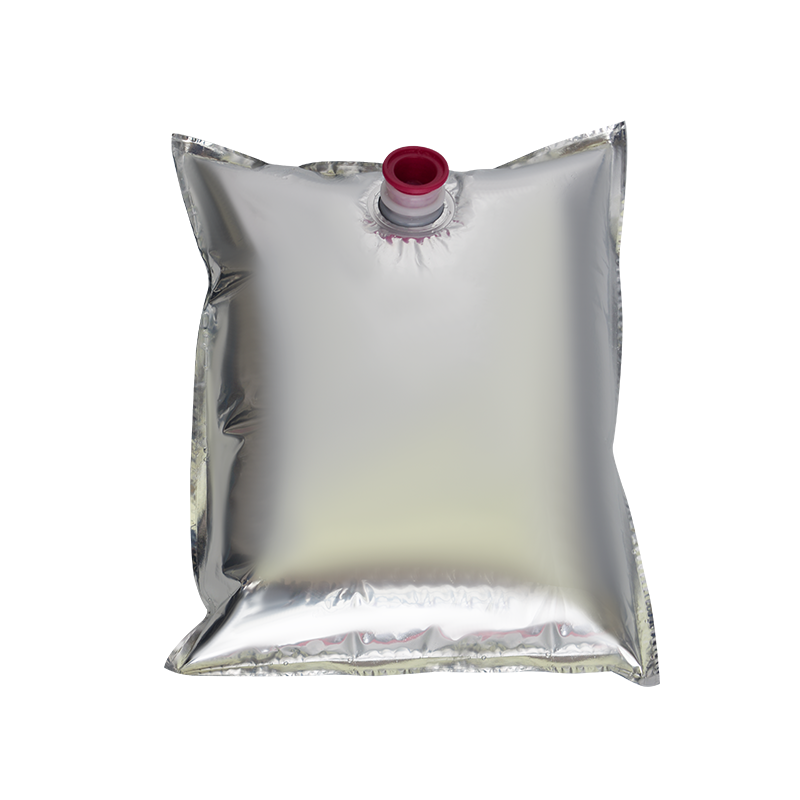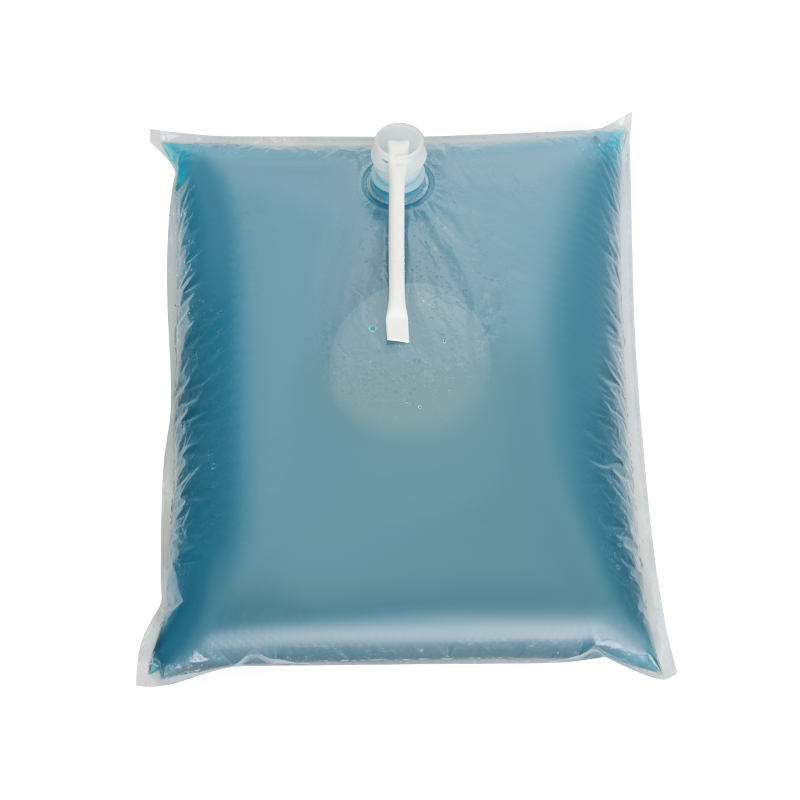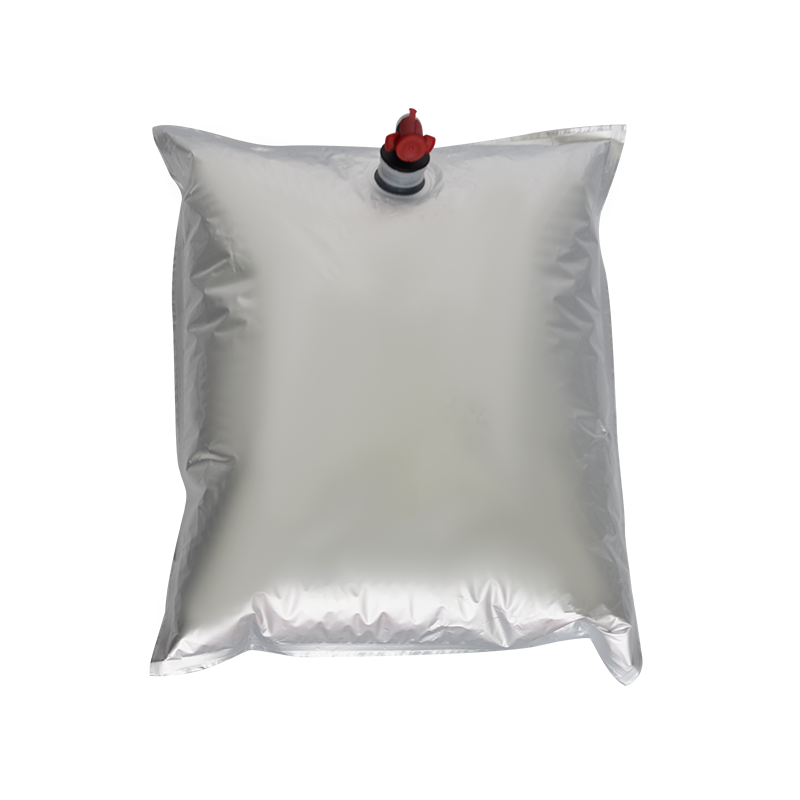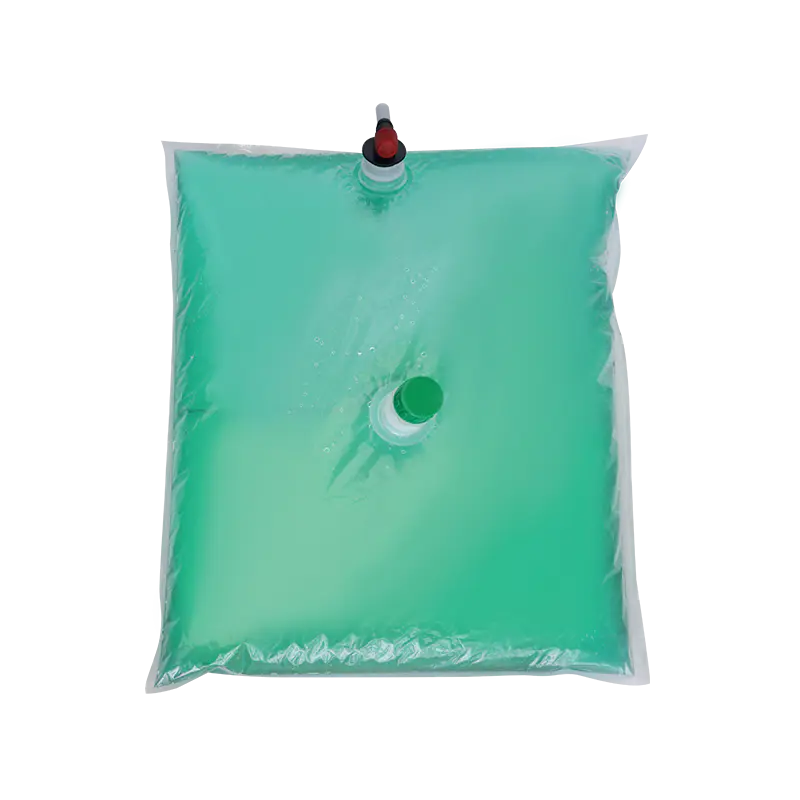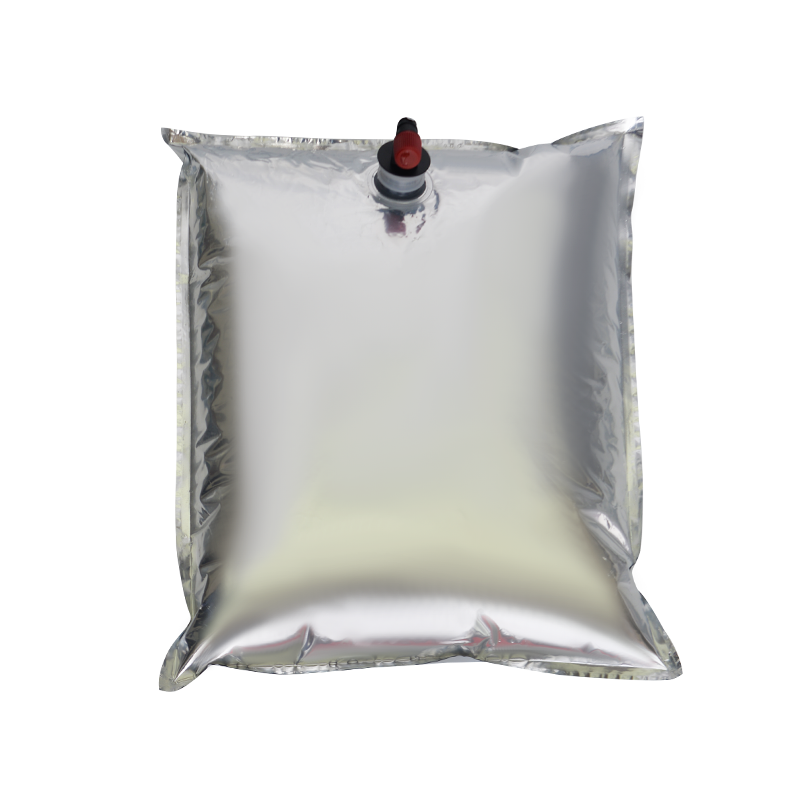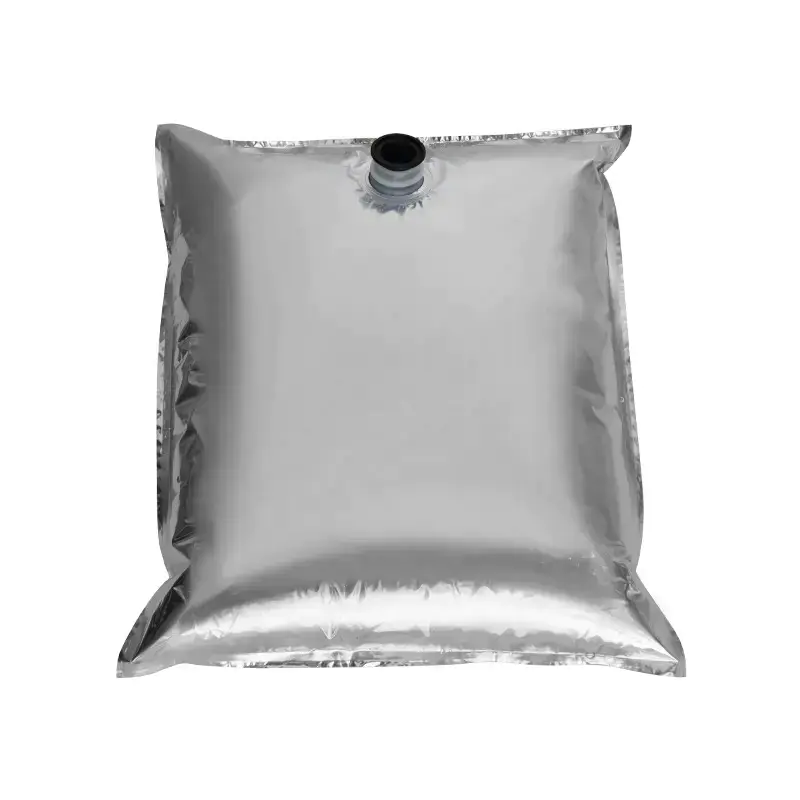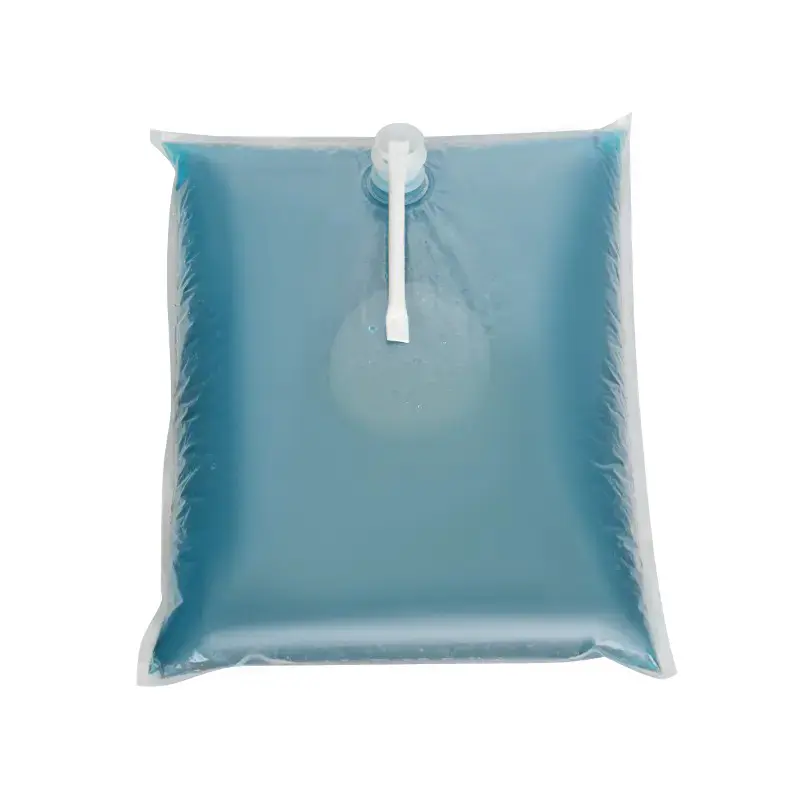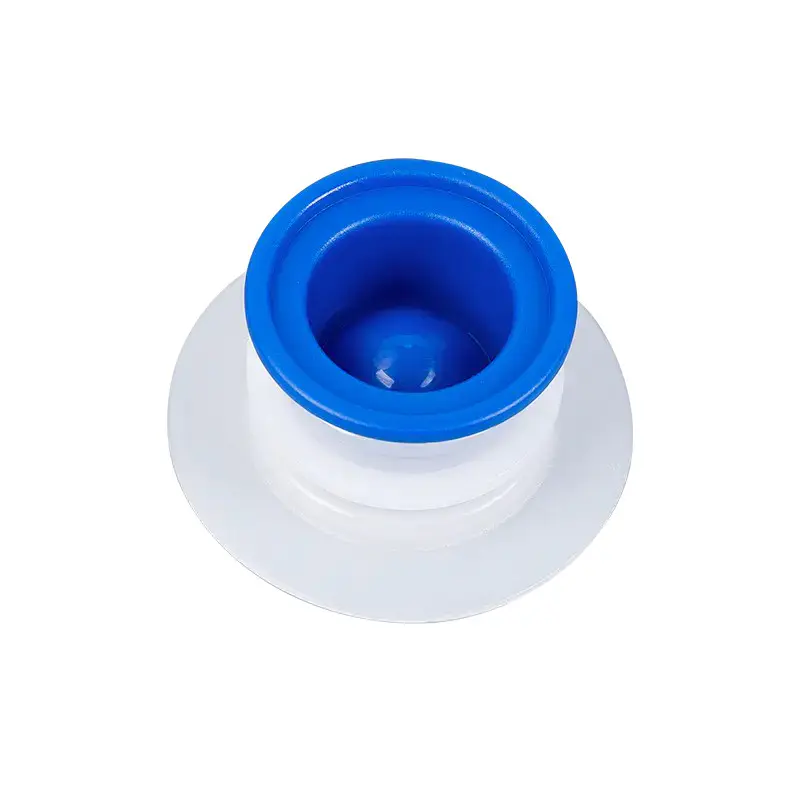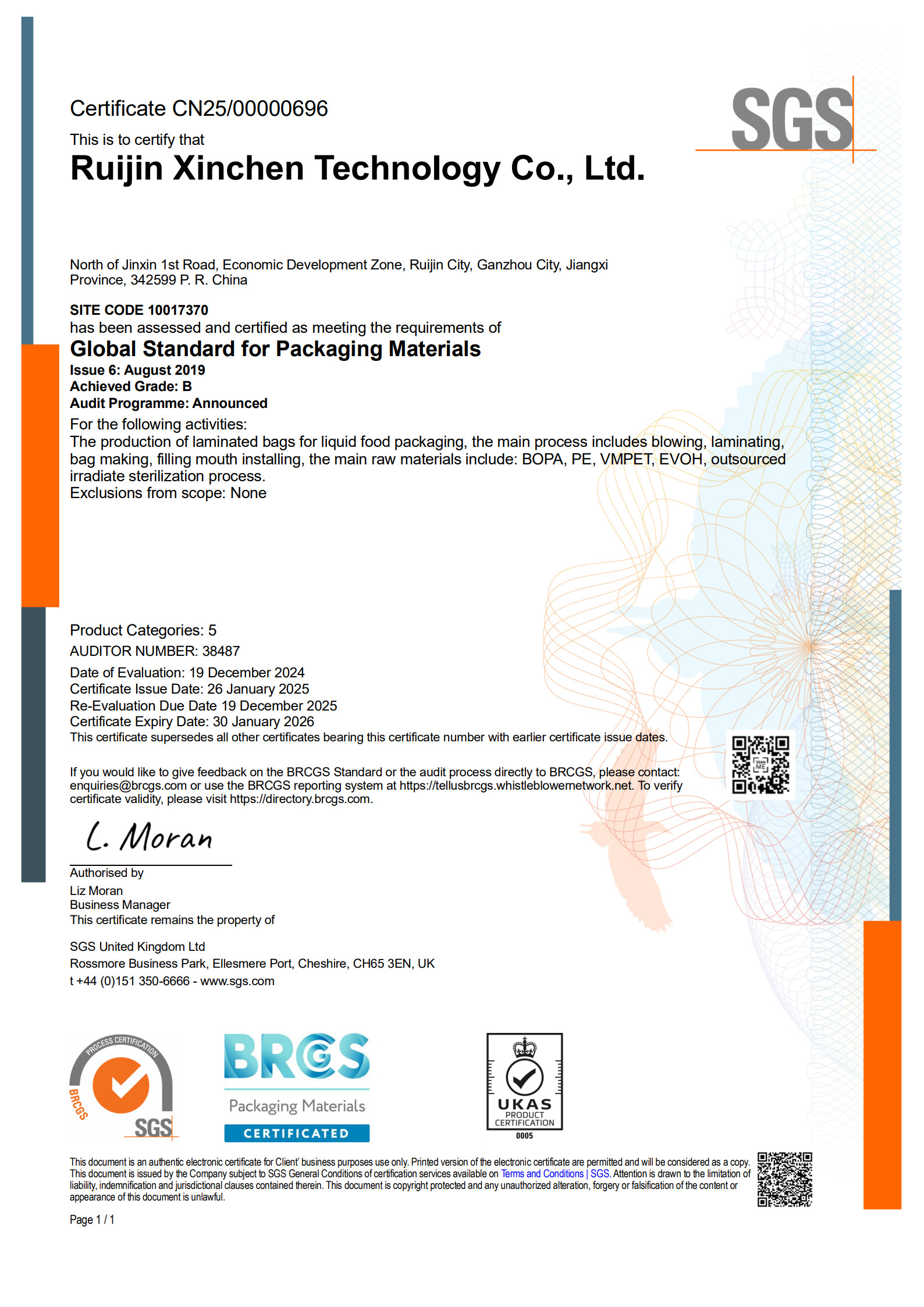
Against the backdrop of the rapid development of the food industry, product preservation and safety have become key elements of industry competition. More and more companies are beginning to focus on how to extend the shelf life of products without adding preservatives while ensuring hygiene standards during transportation. In this process, Aseptic Bags, as an efficient, safe and environmentally friendly packaging solution, has gradually become the focus of the industry.
Aseptic Bags are a flexible packaging container designed for aseptic filling systems. They are usually made of multi-layer composite films and have strong puncture resistance, oxygen barrier and moisture resistance. This type of packaging bag undergoes strict high-temperature sterilization before packaging, and is filled and sealed with the product in a sterile environment, thereby achieving the goal of long-term storage of the product at room temperature, greatly reducing the reliance on cold chain transportation.
Aseptic bags were first widely used in the packaging of liquid foods such as dairy products and juices. With the maturity of technology and the expansion of market demand, their scope of use has gradually expanded to sauces, soups, concentrated pulp and even raw liquids in the pharmaceutical industry. Compared with traditional packaging, the advantages provided by Aseptic Bags are not only reflected in extending the shelf life, but more importantly, they are outstanding in energy conservation, emission reduction and logistics efficiency. Traditional glass bottles and metal cans are large and heavy during transportation, and are easy to break or rust. Aseptic bags are made of soft materials, which are light and flexible and can be folded according to the filling volume, greatly reducing transportation and storage costs.
From a technical perspective, the manufacturing requirements of Aseptic Bags are extremely strict. Its composite film structure usually contains multiple layers of materials such as polyethylene, aluminum foil and polyester, and each layer has a specific function. The outer polyester film is used to improve mechanical strength and printing adaptability, the middle aluminum foil layer provides excellent light and oxygen barrier functions, and the inner polyethylene layer is in direct contact with food to ensure good heat sealing and non-toxicity. This design ensures that the packaging still maintains the sterility and taste quality of food in various extreme environments.
Aseptic Bags also meet the environmental protection trend of sustainable development. Compared with disposable plastic containers or multi-material composite tanks, aseptic bags perform better in production energy consumption, material usage and waste disposal. With the advancement of recycling technology, many aseptic bag materials have achieved partial recyclability, helping companies fulfill their environmental responsibilities. This feature makes it the preferred packaging solution for many companies pursuing green certification.
Aseptic Bags is a very promising technology route in the field of food packaging. It not only meets the high requirements of the modern food industry for hygiene, safety and convenience, but also brings lower operating costs and higher market competitiveness to companies. With the enhancement of consumer health awareness and the continuous optimization of supply chain efficiency, the application of Aseptic Bags will become more and more extensive, becoming an important driving force for the upgrading of the food industry.

 English
English русский
русский